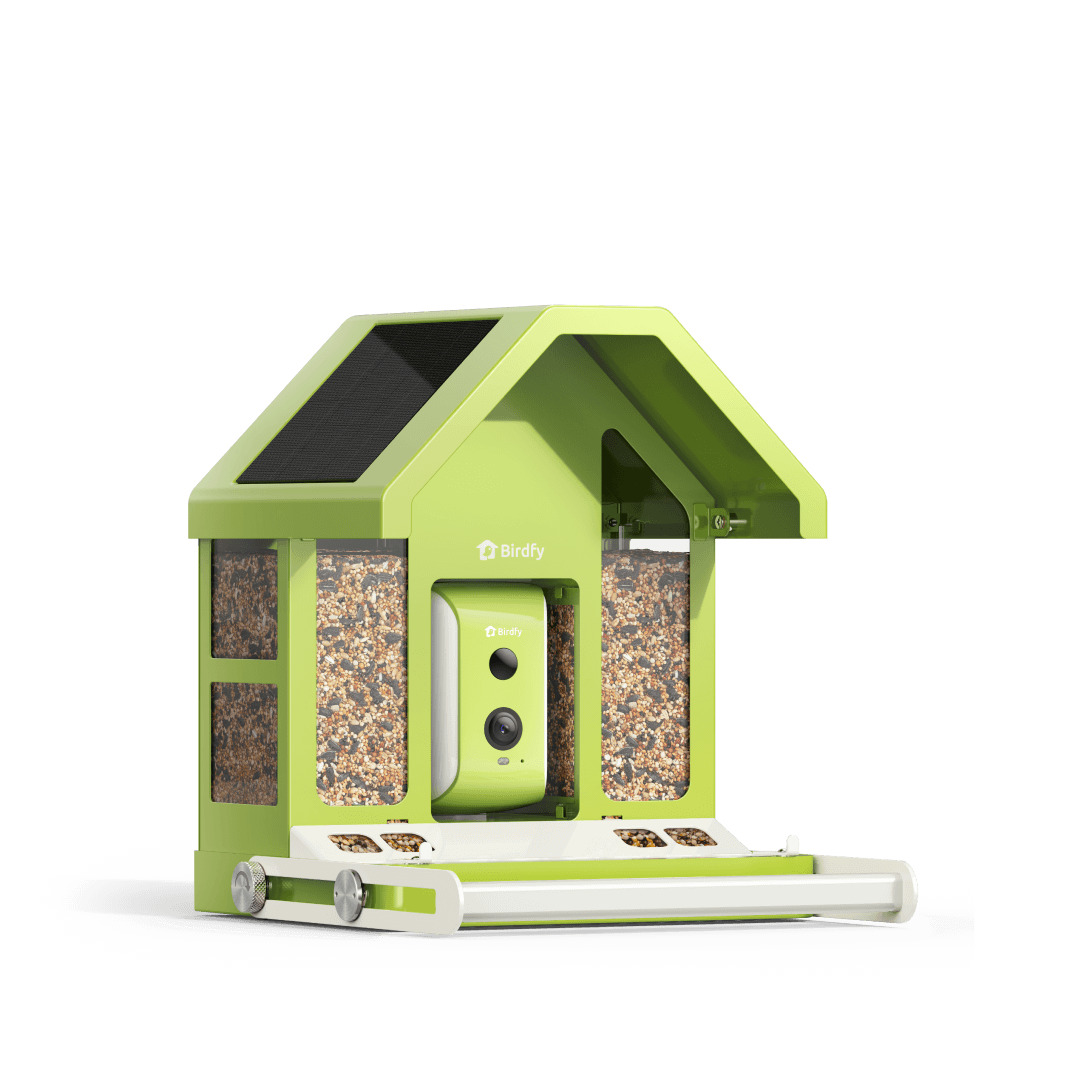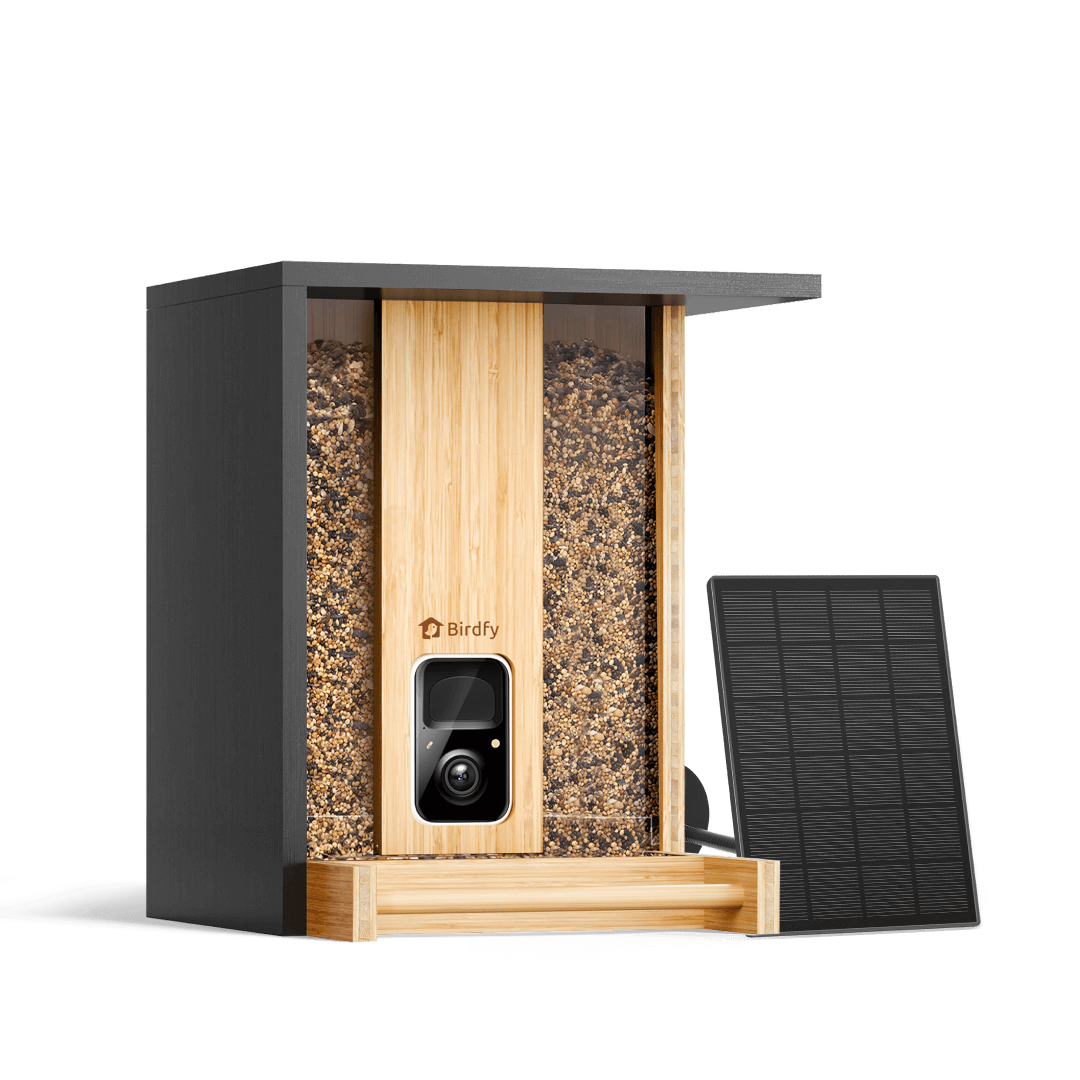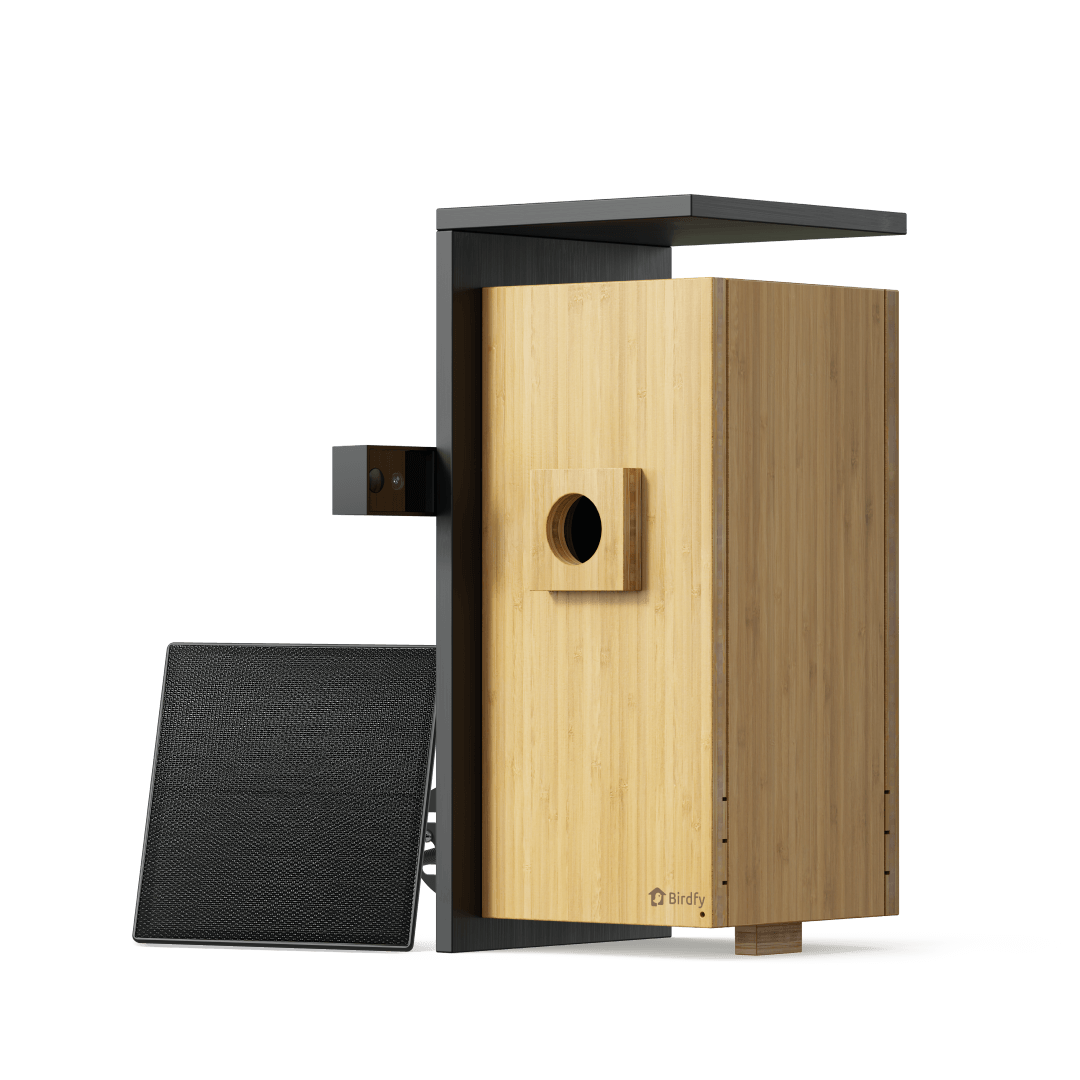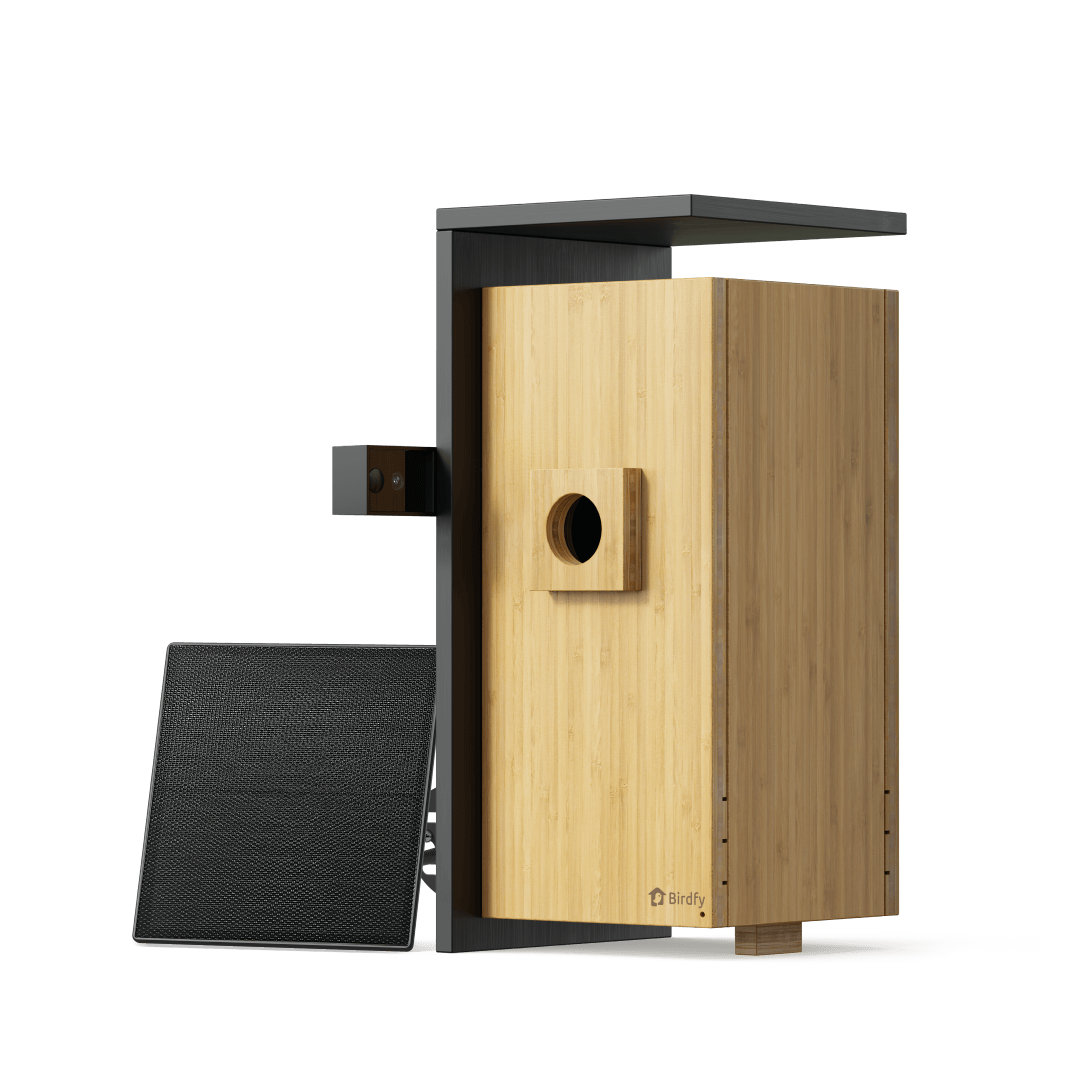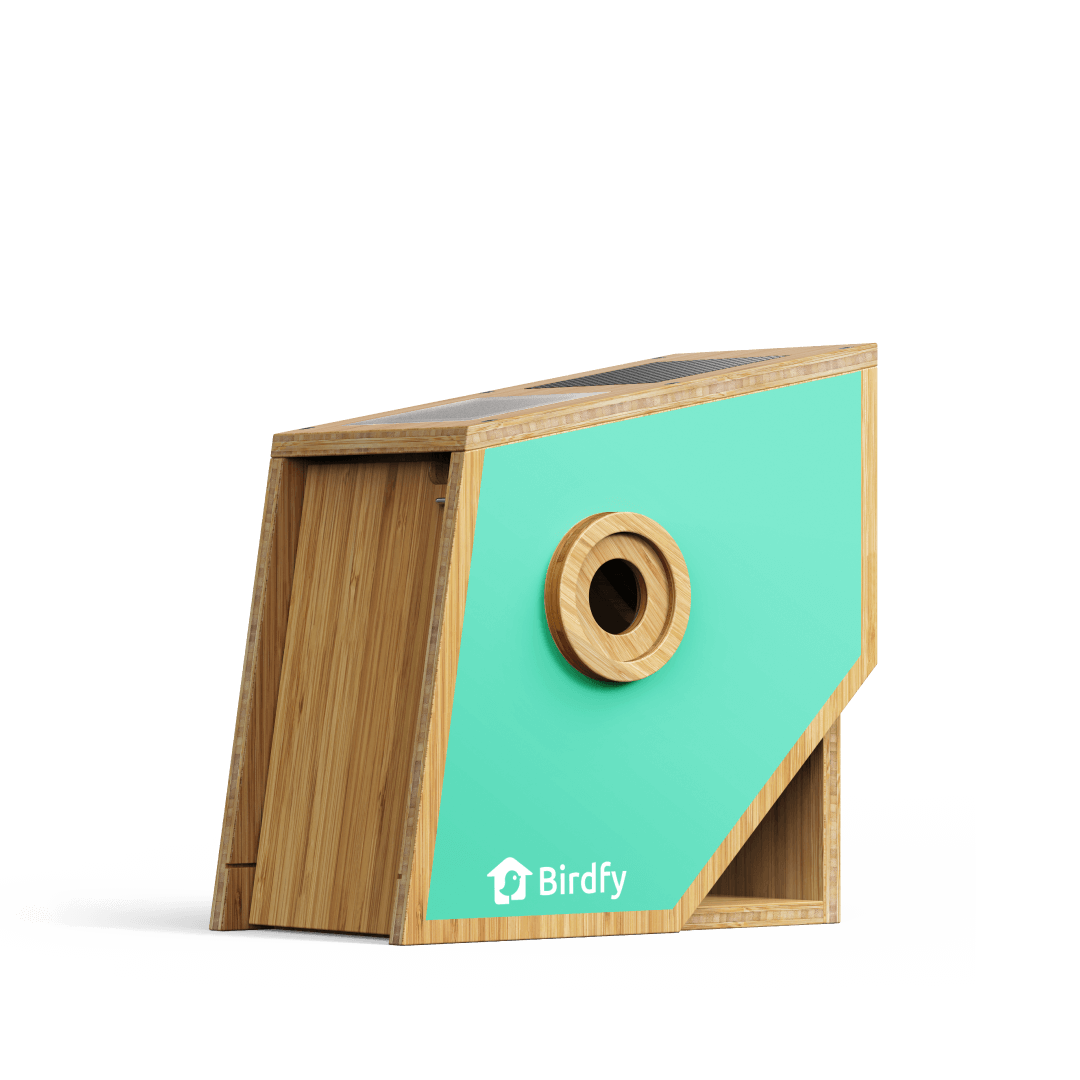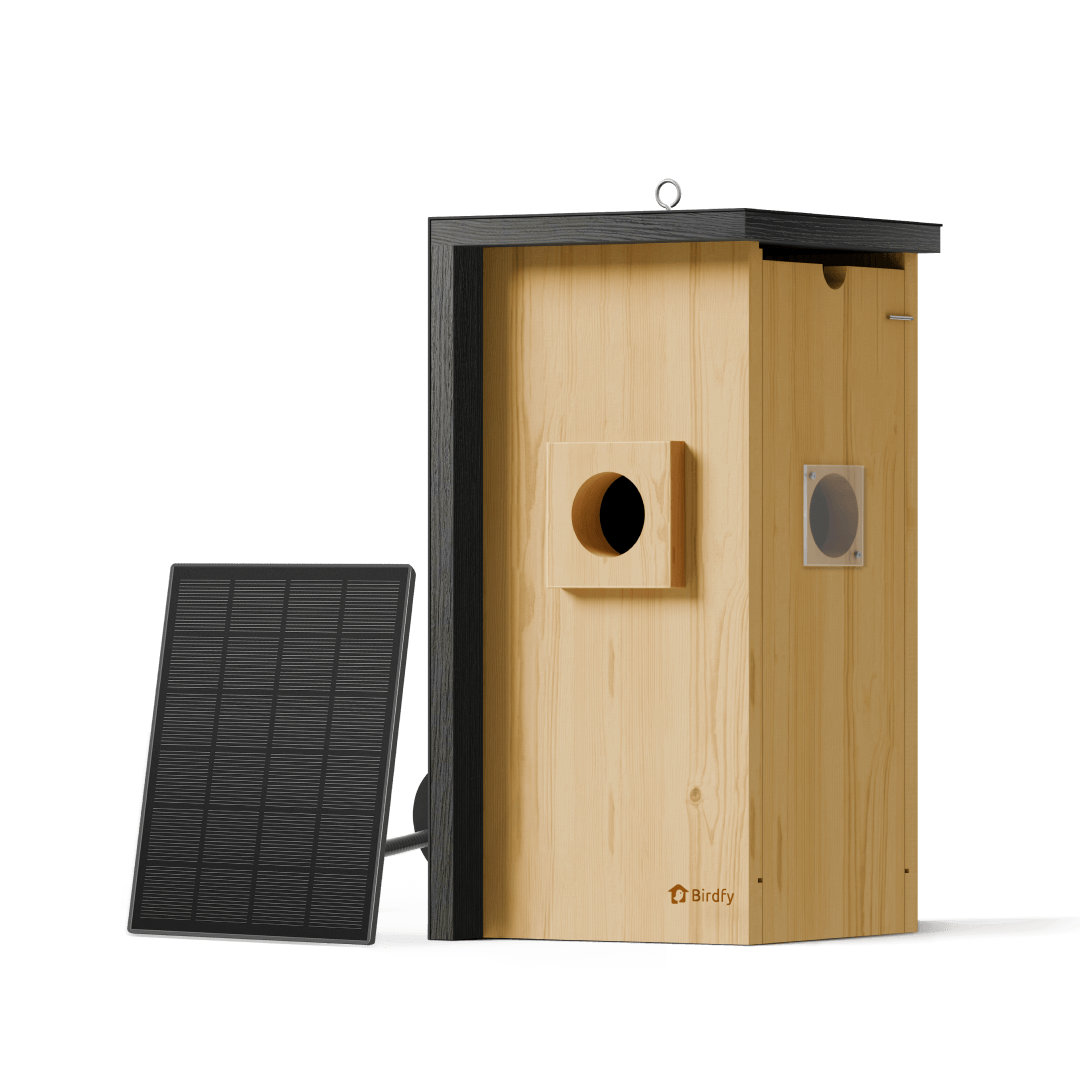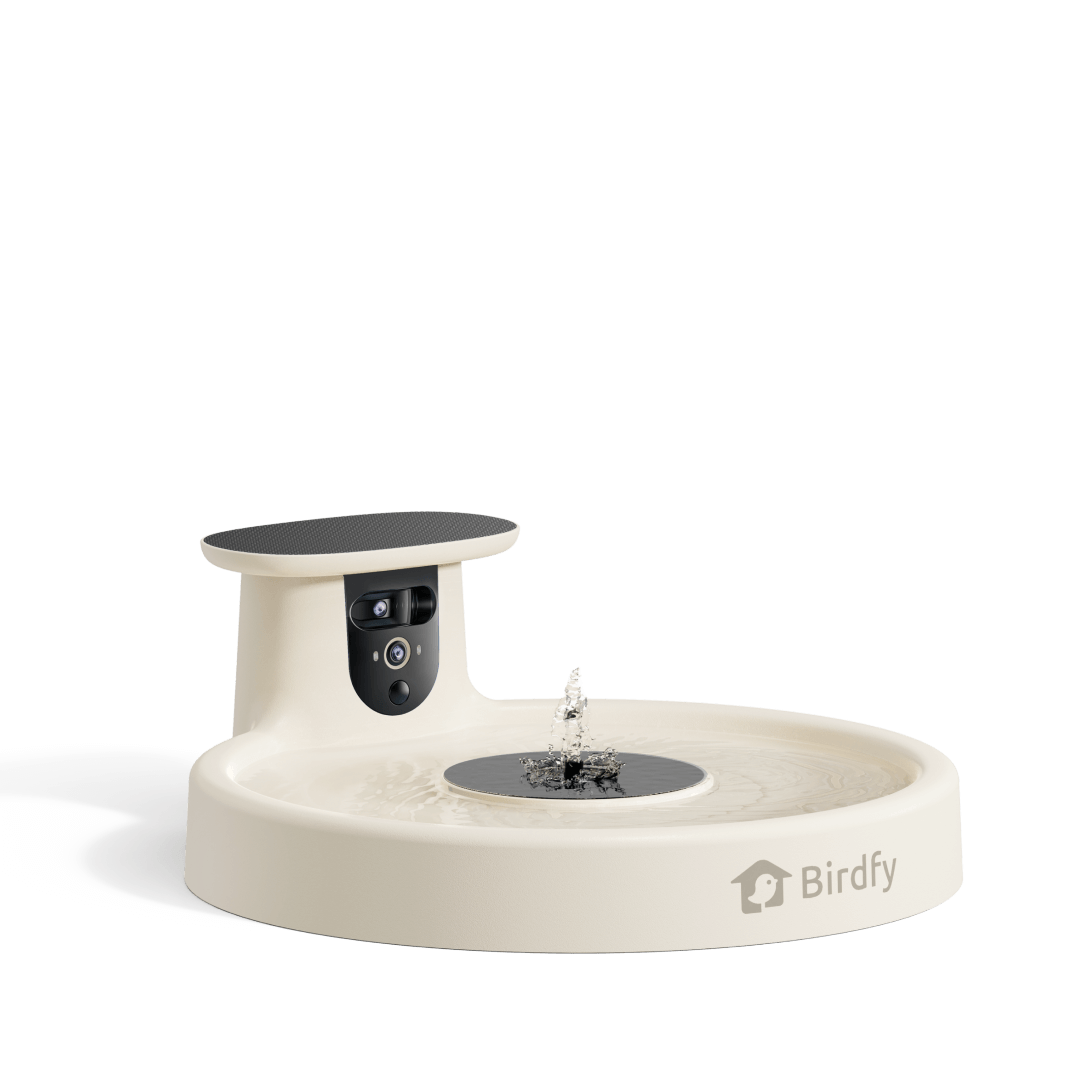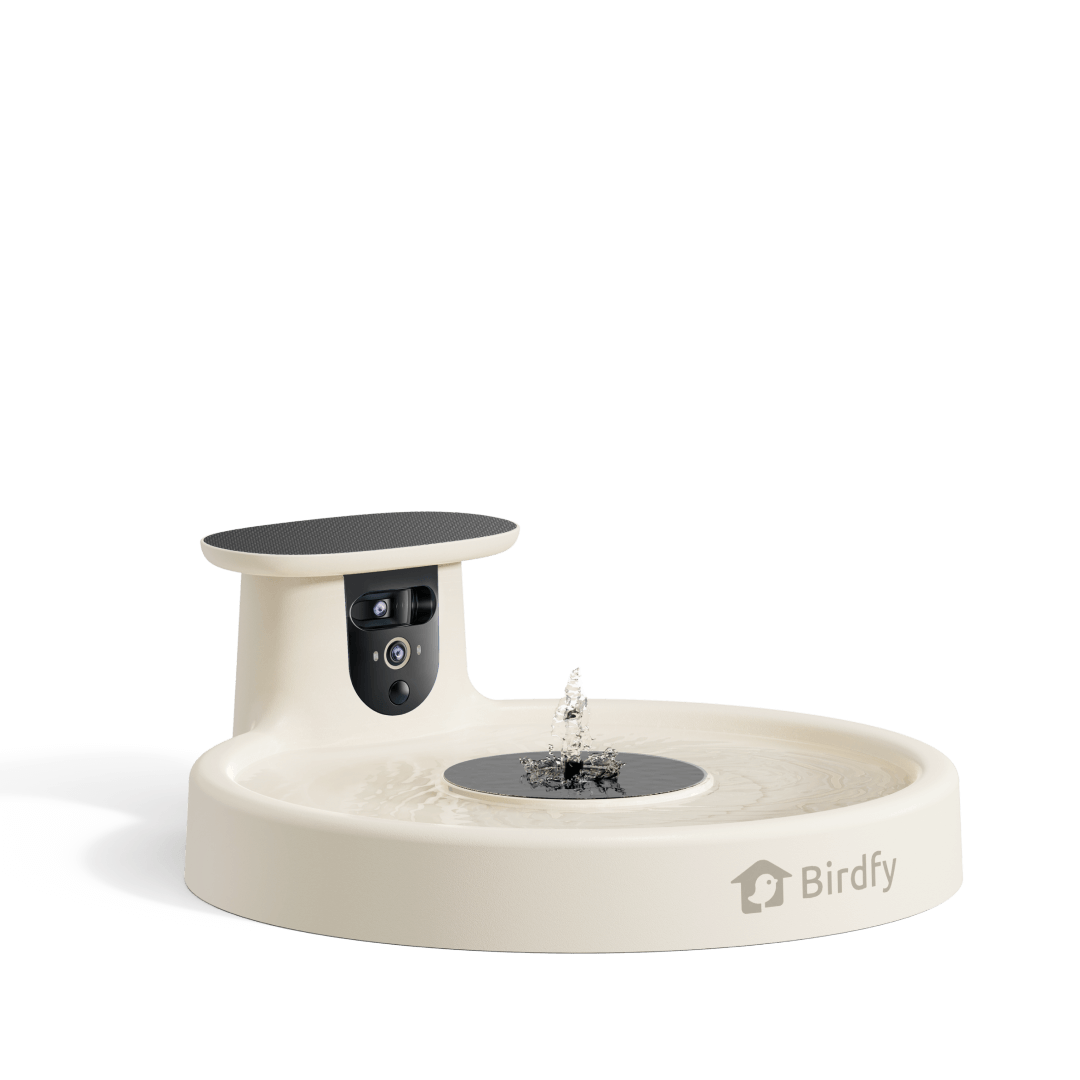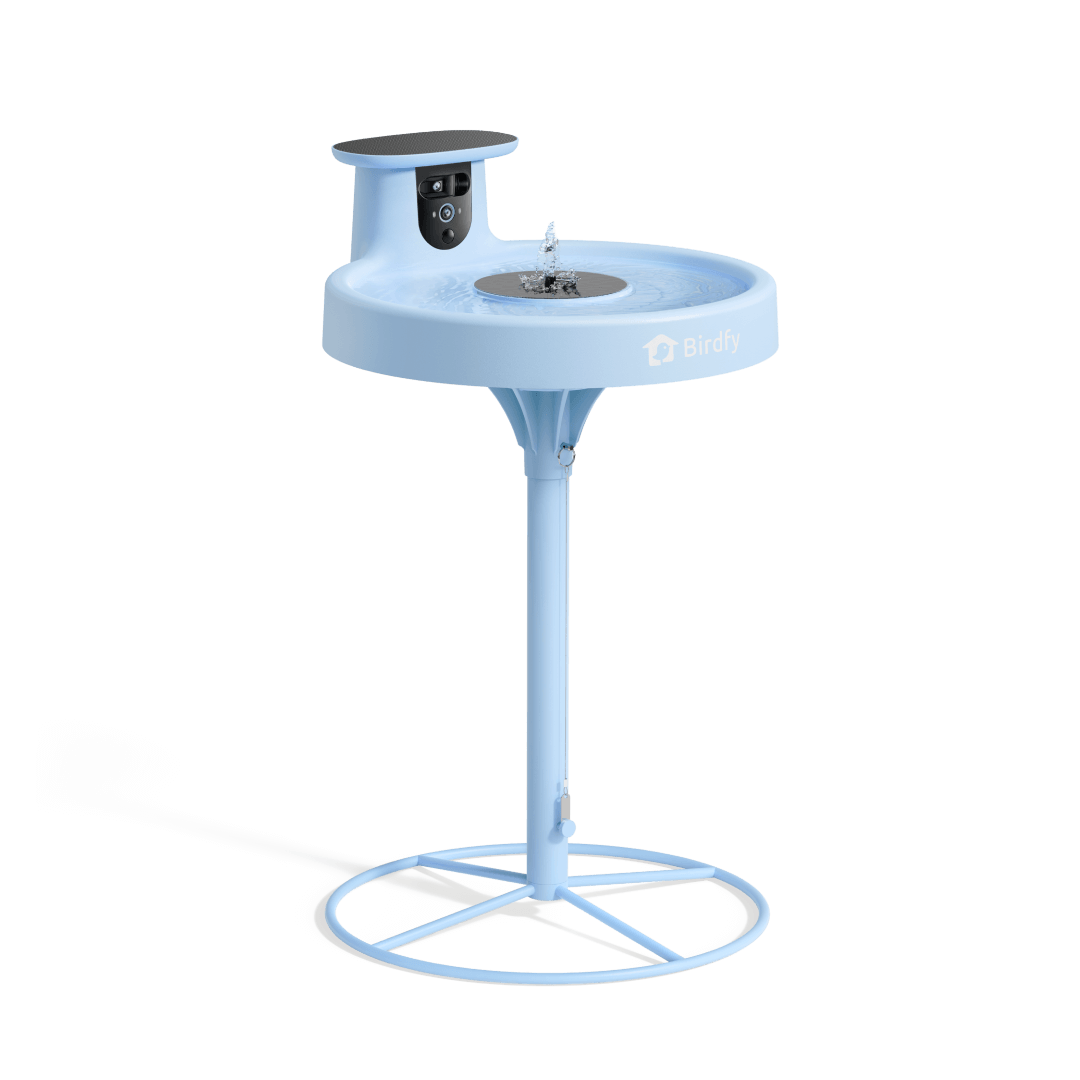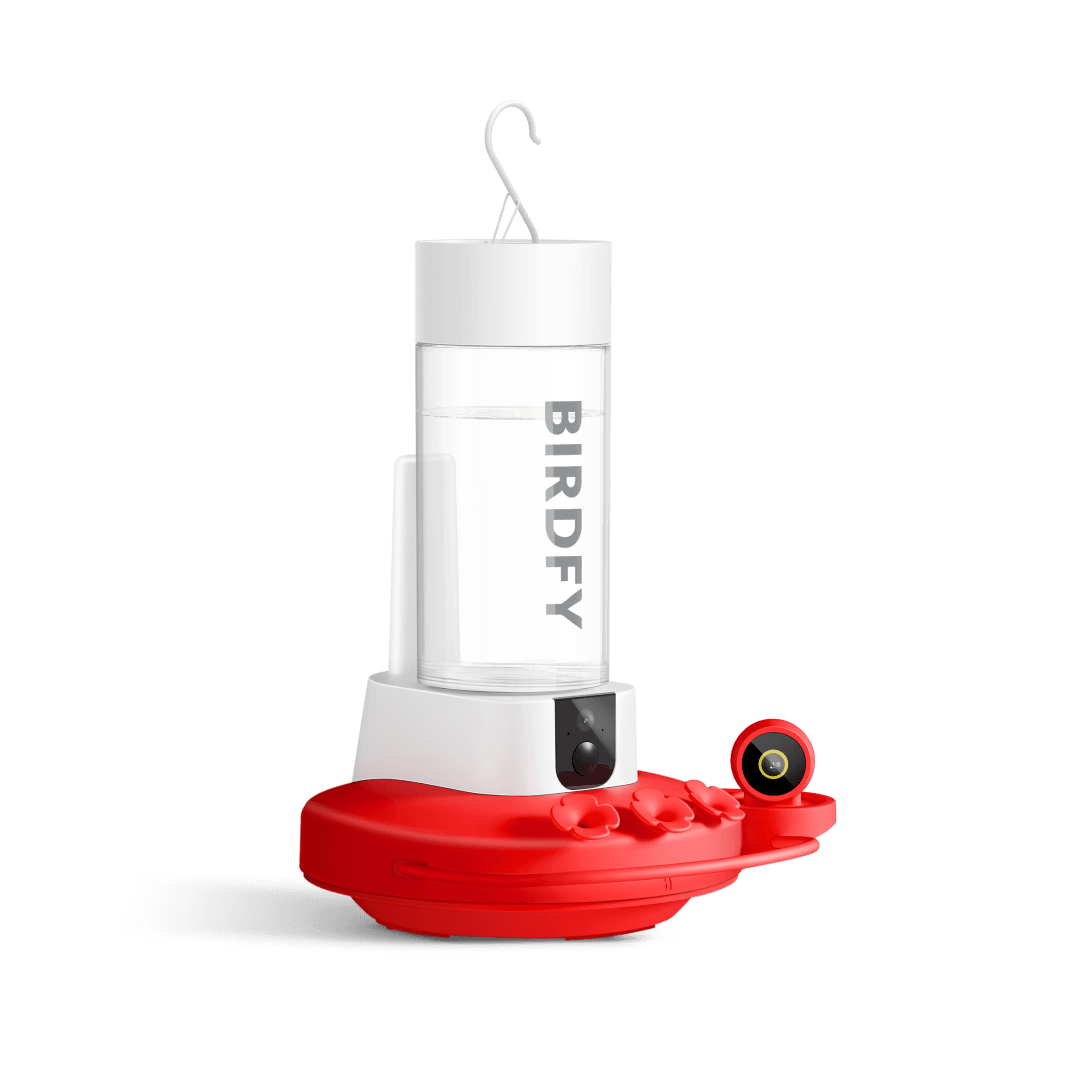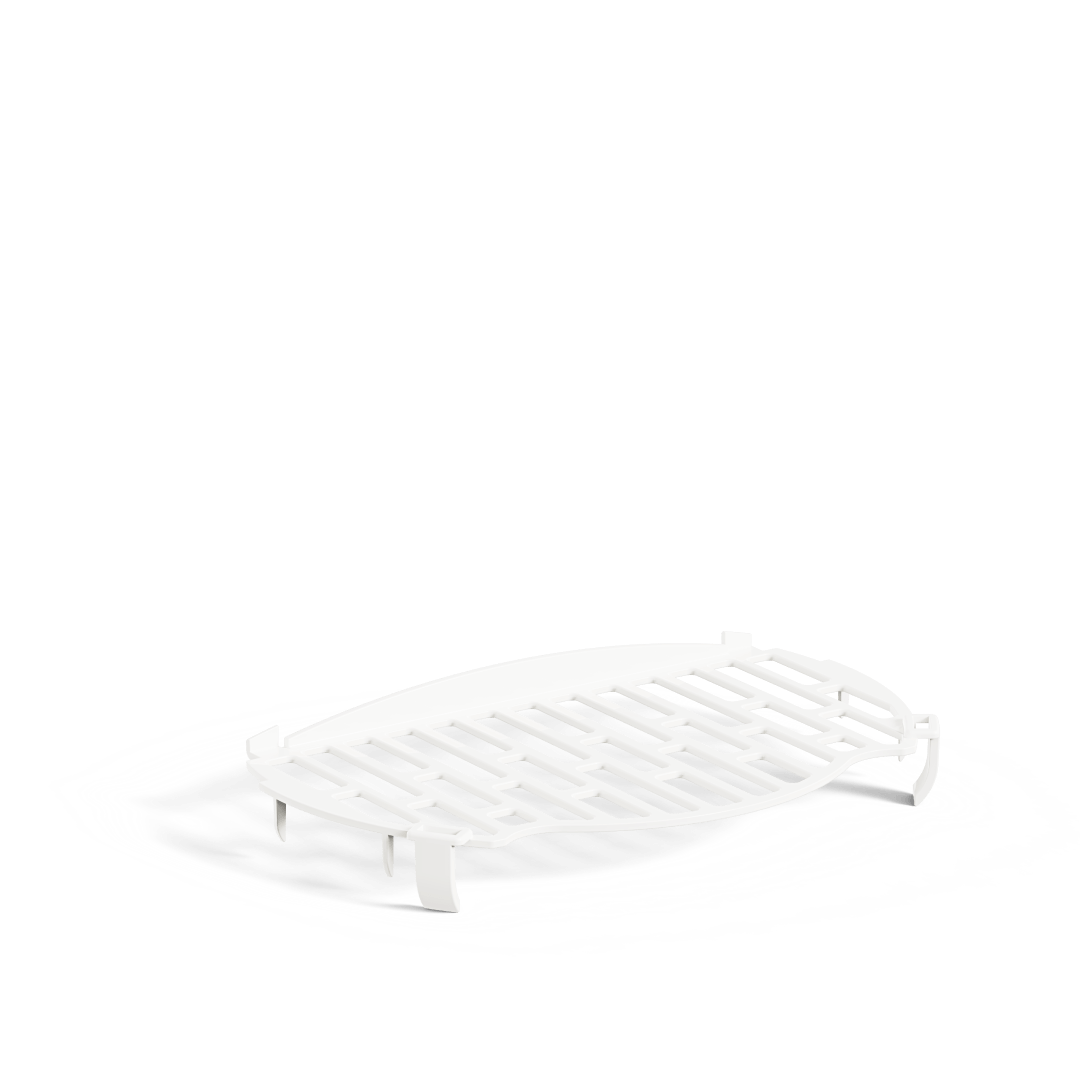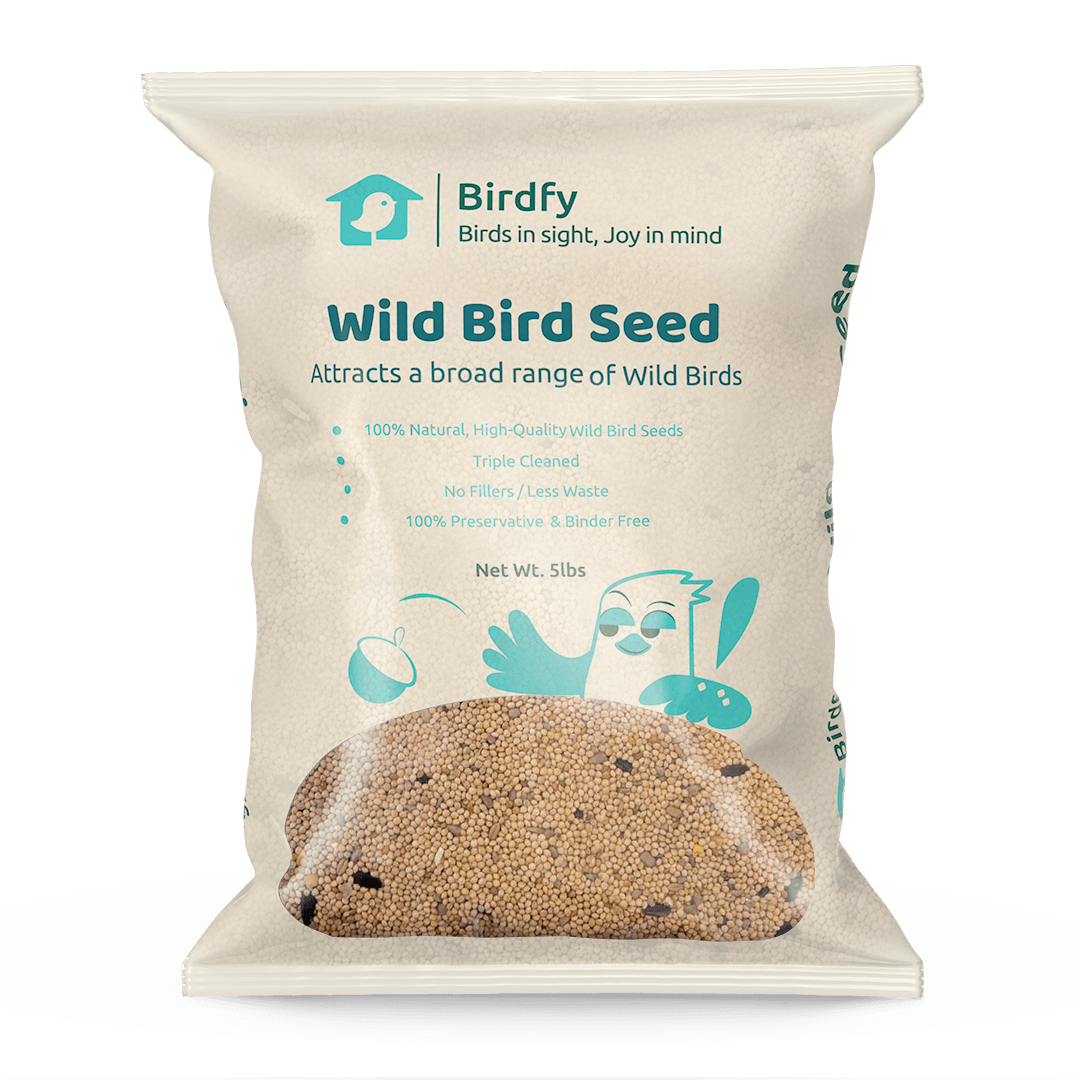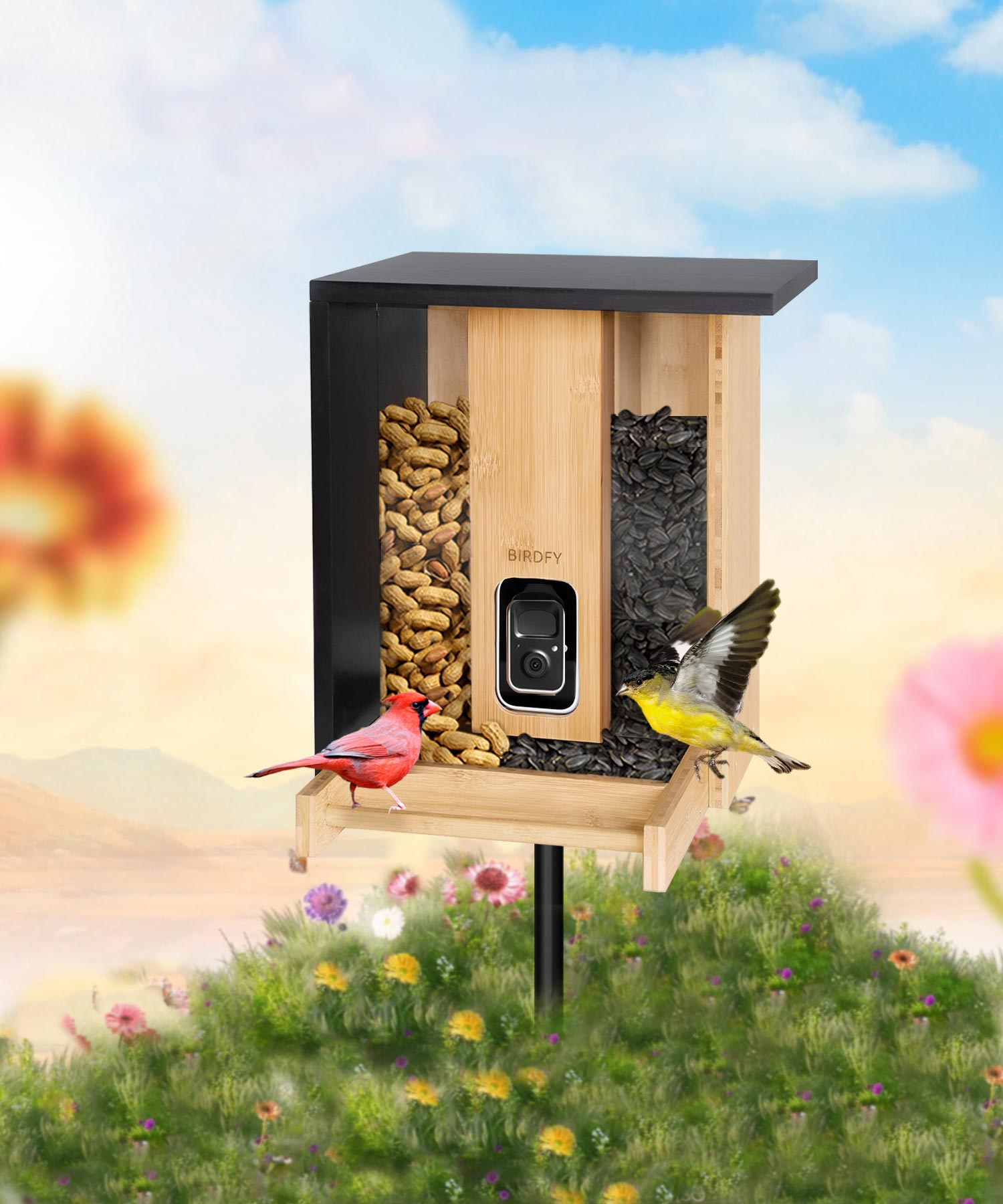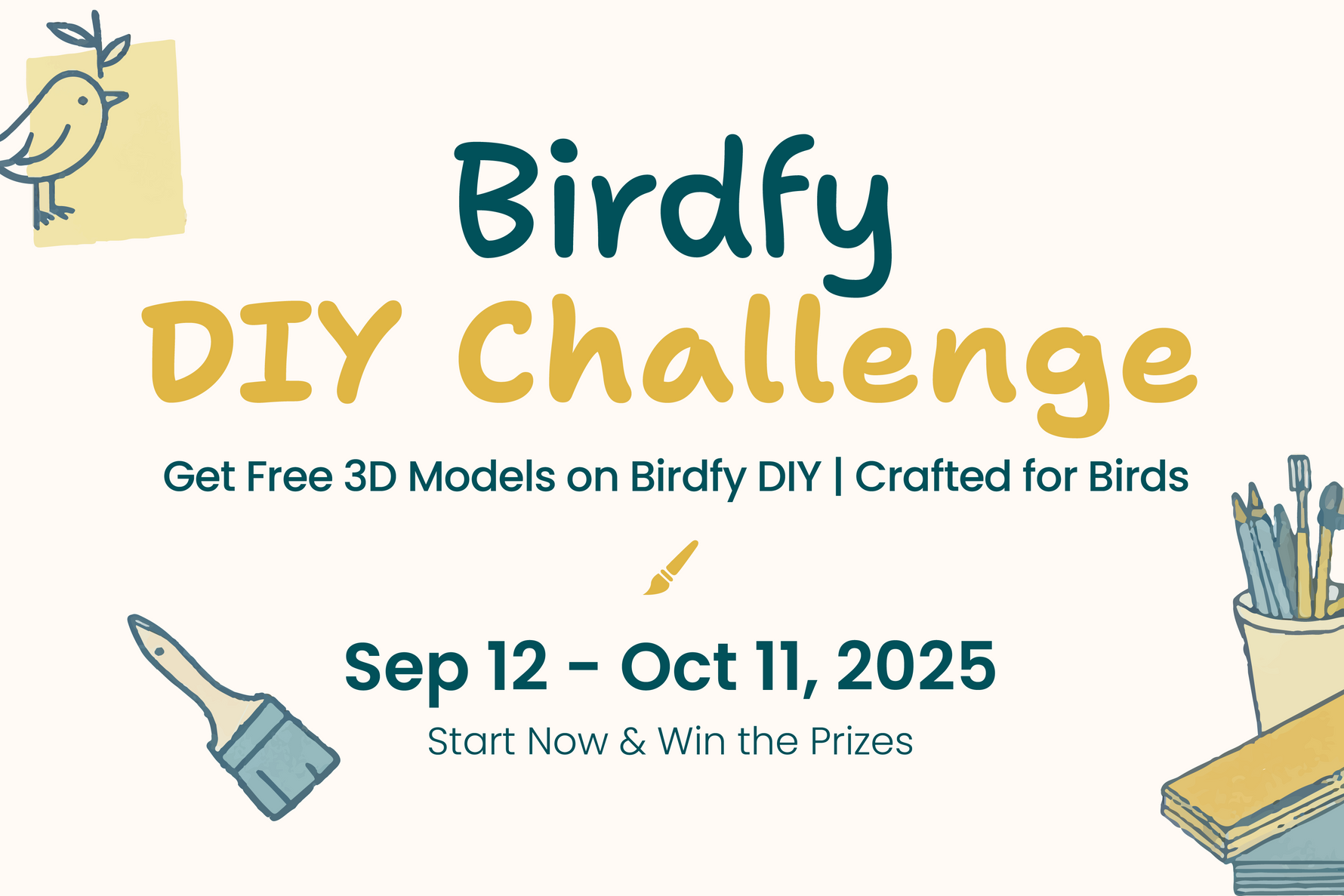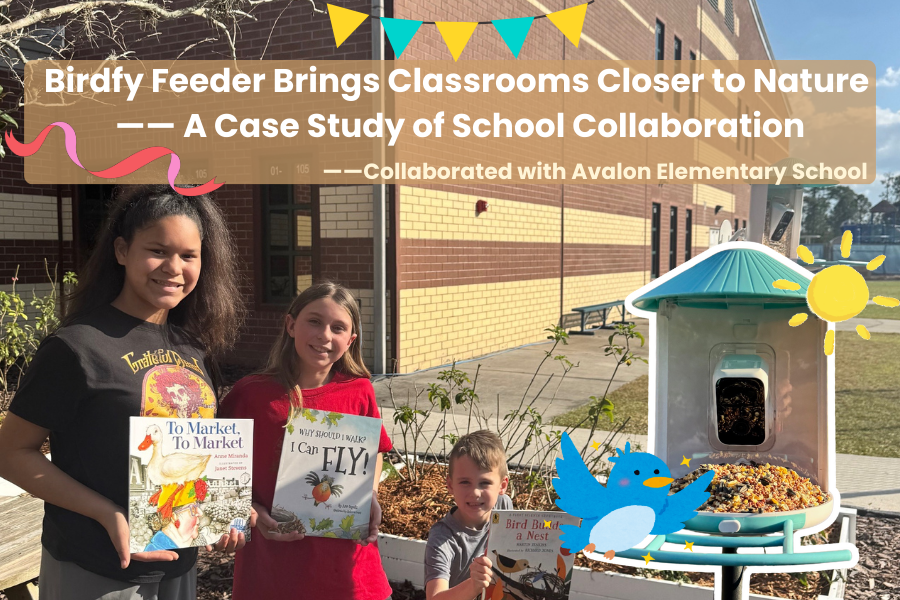All About House Sparrows: Things You Should Know About These Little Birds
The house sparrow is an average-sized bird that many people see daily. This beautiful bird has been people’s friend for ages. This has spread to most of Europe, northern Africa, Asia, the Americas, and Australia. This species prefers urban and rural areas and is known to nest in artificial roof eaves, tiles, and even artificial bird nesting boxes.
Although it inhabits most parts of the world, the house sparrow population has reduced since the late 1970s, primarily in the UK. These birds are gregarious birds found in large numbers and are very much urban-adapted. Regarding their nutrition, most fiber is obtained from potatoes, corn, and wheat, and they feed on seeds, berries, and insects. Such versatile rafts inhabit cities and towns worldwide, though their populations have changed in recent decades. This article will discuss everything you need to know about them.
House Sparrow Population In The UK
The house sparrow, once a familiar bird sighted in every yard and dwelling in the United Kingdom, had been estimated to number about 5 million pairs in formal surveys. Unlike in the late 1970s, these sparrows are now less than half as common as they used to be. However, these sparrows are still a strong contender in the UK Big Garden Birdwatch and among the most commonly seen bird species.
The population decline has been attributed to factors such as alteration of land-use practices, human conversion of the available habitat into agricultural or commercial uses, and lack of proper nesting sites. In the recent past, demographic trends of decline have slowed down, and in places like Scotland and Northern Ireland, they are on the rise again. People have postulated that this has been helped by conservation efforts and an improvement in the method of agriculture in some of these states, but the long-term trend comes out as a cause for worry.
Physical Characteristics Of The House Sparrow
It is a little bigger than a robin. The wing span is between 21cm and 25 cm, and the bird weighs approximately 31 grams. Thus, both house sparrow sexes are relatively close in size, but males have a richer patternation and more contrasting colors than females. Males also have grey caps, chestnut coloration on the back of the head, and black ‘bibs’ around the neck, completing the splendid look. Their cheeks are white to cream, giving their faces appealing looks that we have not seen with other animals. 
Conversely, males are bright rusty red with a black mask, while females are brown and have a bluish-grey washed-out look. Juvenile birds are similar to females but have a slightly yellow bill that adult birds do not have. Such physical characteristics, especially male coloration, are vital when positively identifying these sparrows in their natural habitats.
The House Sparrow’s Relationship With Humans
The house sparrow has a long and complex relationship with people dating at least 11 thousand years. They have coexisted with the human population for ages because humans have given them access to nestling grounds and food. Originally, these sparrows were farmers’ birds since they could digest starches like potatoes, corn, and wheat. 
It favors terrestrial habitats, particularly within human proximity, taking on food remnants and fabricated structures as its shelter. This symbiotic cooperation has assisted these sparrows in spreading all over the world, with different populations in various regions of Europe, Asia, Africa, and even America. Despite the drawbacks of modern speeded-up urbanization for these sparrows, the latter nest in buildings and effectively use other urban structures. By adapting to sharing an environment with human beings, they have become one of the most common and easily recognizable birds worldwide.
House Sparrow Nesting Habits And Reproduction
These birds prefer to breed in colonies, meaning their breeding nests may be very close. They commonly select suitable places like roof tiles, eaves, or artificial birdhouses as breeding cavities. In case natural cavities are not available, the nest of a house sparrow is made in dense bushes and ivy. 
A usual clutch is three to five tiny, well-camouflaged cream and brown eggs laid on the ground and incubated by both parents. Incubation takes 11 to 14 days, and communal incubation with male and female sparrows takes turns on the responsibilities equally. However, incubation commences when all the eggs have not been laid; it results in chicks in the same nest being at different levels of development compared to the others in the nest, who hatch at a different time earlier than the others. This hugging arrangement protects the young ones best because they will be closer to being cared for by many adults.
Diet And Feeding Habits Of The House Sparrow
House sparrows are omnivores, and they feed on almost anything available, including seeds, fruits, and berries, but mostly insects and other small insects. One of the most important features regarding their feeding habits is the inclusiveness of staple crops made by human agriculture, most important of which are tubers, like potatoes, or grains, such as corn and wheat. Due to this flexibility, they inhabit regions inhabited by people with adequate food. 
They are usually spotted as commuters, hunting for food on dumps or scrounging around city areas or even in parks and gardens. They also feed on insects in spring and summer, as these are lovely protein sources for growing chicks. They probably use seeds and berries mainly during the winter, but if they do not find food in their breeding grounds, they have to wander in search of food. This aspect has helped them spread worldwide because of their ability to survive on so many different types of diets.
Life Cycle And Fledging Of House Sparrows
The life cycle of these species is intensive; the female lays her eggs, usually from three to five. These eggs are generally laid to incubation by both parents for 11- 14 days. The ducks can hatch in four weeks, and the chicks are provided with food by both parents, and these continue to grow larger. The fledging process typically lasts 14-16 days, depending on the chicks putting some feathers to their wings in preparation for the nest. However, even after they have grown wings to fly, they continue to rely on their parents for food and close care for up to two weeks.
At this stage, the parent birds feed and defend the young until they can hunt for food. Young adult sparrows are fully independent and begin to breed by defending territories and re-initiating the process. Like any other small bird species, they encounter various obstacles during this initial stage of nestling development; however, house sparrows are quickly independent when food is readily available relative to many other bird species regarding fledgling success.
The Decline Of The House Sparrow Population
The house sparrow population has significantly declined over the past few decades, particularly in urban areas. This decline is attributed to several factors, including changes in farming practices, loss of suitable nesting sites, and urbanization. In the late 1970s, these sparrows were abundant in cities and towns across the UK, but they have become much less common. One major factor contributing to their decline is the loss of traditional nesting sites in older buildings, as many of these structures have been replaced with modern, less sparrow-friendly constructions.

Additionally, changes in agricultural methods, such as increased pesticide use and reduced traditional hedgerows, have impacted food availability and suitable nesting locations. While the population continues to struggle in many areas, there have been signs of recovery in certain regions, with conservation efforts and habitat restoration showing promise for stabilizing house sparrow numbers.
The House Sparrow’s Lifespan And Notable Records
These birds can now be considered sensitive species that have sharply declined in numbers over the past few decades. The decline is, therefore, attributed to changes in land use for farming, loss of preferred nesting sites, and the encroachment of urban structures. It was established that in the late 1970s, house sparrows bred readily in all metropolitan areas in virtually all towns in the UK, and this number has declined significantly since then. Their population is feared to have reduced considerably due to the lack of original nesting spaces in older structures, which are the most superseded by modern structures inhospitable to sparrows.
On the whole, the health of the house sparrows depends on environmental factors such as source of food and nesting sites. In the current society, those from well-nourished areas with little in the form of predators would have better genes and, therefore, increased survival rates into early adulthood and beyond. These sparrows have relatively small longevity but are still an unyielding species of bird that are still common within human-populated areas today.
Conclusion
The house sparrow, a very versatile bird, has been able to build close relationships with man for several millennia. However, the phenomenon is still present and easily identifiable even though the population has decreased since the late 1970s. Urban adaptations and communal roosting have benefited this bird, but habitat destruction, alterations in agriculture, and urbanization are potential threats. Habitat protection and enhancement of food resources are two areas of particular importance.
Share





